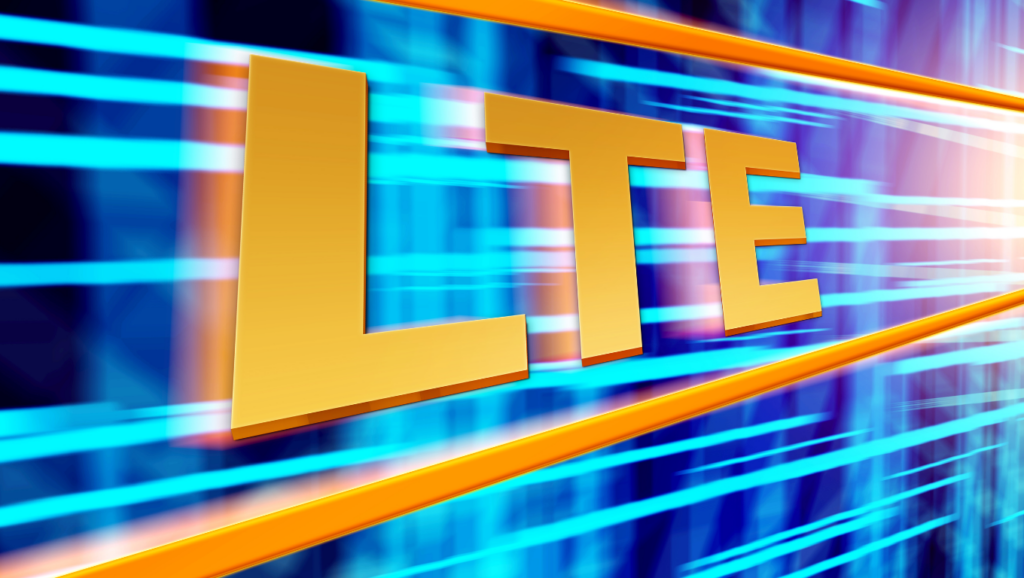









The world of telecommunications is evolving rapidly, with advancements in technology driving the industry forward. One area that has seen considerable progress is LTE antenna design.
LTE is a wireless communication standard that provides high-speed data transmission for mobile devices. LTE has revolutionized how we connect to the internet, enabling faster downloads, smoother streaming, and enhanced user experiences. Behind this remarkable progress lies the continuous innovation in LTE antenna design. This article aims to explore the evolution of LTE antenna technology, delve into emerging technologies in this field, and unveil the future trends that will shape how we stay connected.
The journey of LTE antenna design began with the advent of 4G technology, which marked a significant leap forward in wireless communications. Traditional antennas were limited in their ability to support higher frequency bands, which restricted data transmission speeds. However, with the introduction of LTE, antennas transformed to accommodate the new frequency bands required for faster data rates.
LTE antennas have come a long way since their inception. In the early days, antennas were primarily designed for single-input, single-output (SISO) systems, which allowed for a single data stream transmission. However, as the demand for faster and more reliable connections grew, the need for multiple-input multiple-output (MIMO) systems became apparent. MIMO technology utilizes multiple antennas at both the transmitter and receiver ends to improve data rates and overall network performance.
Multiple antennas were incorporated into a single device, enabling parallel data transmission and reception. This breakthrough improved signal quality, network capacity, and user experience. As LTE networks evolve, antenna design has become a critical aspect of network infrastructure.
The quest for faster and more efficient wireless connectivity has led to the emergence of modern technologies in LTE antenna design. This article will focus on two of such technologies.
Metamaterials are synthetic materials engineered to exhibit properties not found in nature. Metamaterials can revolutionize LTE antenna design by enabling antennas to be smaller, more efficient, and capable of operating across a broader range of frequencies.
By manipulating the electromagnetic properties of metamaterials, researchers have created antennas that are not limited by the physical size constraints of traditional designs. This opens new possibilities for antenna integration in smaller devices, such as wearables and Internet of Things (IoT) devices. Furthermore, metamaterial-based antennas offer improved gain, directivity, and bandwidth performance, allowing for enhanced signal quality and increased network capacity.
Metamaterials have shown tremendous promise in improving LTE antenna performance. With their unique electromagnetic properties, these materials can be engineered to exhibit a negative refractive index, creating lenses and reflectors that can focus and steer electromagnetic waves. This concept has paved the way for developing beam-steering techniques in LTE antenna design.
Beamforming technology allows antennas to adjust their radiation pattern dynamically to focus the transmitted or received signal in a specific direction. By steering the beam towards the intended receiver or transmitter, beam-steering improves signal strength, reduces interference, and enhances overall network capacity. This technology has significant implications for LTE networks, especially in dense urban environments where signal propagation can be challenging.
Implementing beamforming in LTE antenna design has revolutionized the way wireless signals are transmitted and received. Traditional omnidirectional antennas radiate energy in all directions, resulting in signal dispersion and reduced overall signal quality. However, with beamforming, antennas can focus their energy on the intended receiver or transmitter, creating stronger and more reliable connections.
In addition to improved signal strength, beamforming offers significant gains in network capacity. By steering the signal towards specific users or areas, beamforming minimizes interference, allowing for more efficient spectrum utilization. This is particularly important in crowded environments where multiple users access the network simultaneously.
Looking ahead, several exciting trends on the horizon will shape the future of LTE antenna design.
One such trend is the integration of LTE antennas into everyday objects, enabling seamless connectivity in our increasingly interconnected world. From smart homes to autonomous vehicles, LTE antennas will become ubiquitous, ensuring uninterrupted access to the internet no matter where we are. This trend will lead to smaller, more compact antennas seamlessly blending into the surrounding environment.
Another trend to watch is the convergence of LTE with emerging technologies such as 5G and millimetre-wave communications. Beamforming is essential to 5G technology, and antenna manufacturers continuously improve beamforming techniques. As these technologies continue to evolve, LTE antenna design must adapt to support the higher frequency bands and increased data rates they offer. This will require innovative antenna designs that operate across various frequencies while maintaining efficiency and reliability. Future LTE antennas will utilize advanced algorithms and signal processing techniques to achieve highly focused and efficient beamforming.
With sustainability becoming a top priority, antenna manufacturers are focusing on developing energy-efficient antennas. Future LTE antennas will consume less power while delivering exceptional performance, reducing the overall energy footprint of wireless communication.
As LTE technology evolves, LTE antenna design plays a critical role in enabling faster, more reliable, and ubiquitous connectivity. From the evolution of LTE antennas to the emergence of recent technologies like metamaterials and beamforming, the future of LTE antenna design is poised to revolutionize how we stay connected. As we embrace the potential of 5G and the Internet of Things, LTE antennas will continue to be at the forefront of innovation, driving the next wave of connectivity revolution.
Novocomms shines as a beacon of innovation and antenna design and production mastery. With an unwavering dedication to excellence, Novocomms spearheads the advancement of wireless connectivity through its state-of-the-art solutions. Our engineers exhibit unparalleled expertise in both design and manufacturing, ensuring that every antenna embodies precision and efficiency. Novocomms is steadfast in its commitment to breaking innovation barriers, consistently providing solutions that empower diverse industries, ranging from healthcare to smart grids. Ready to embark on your wireless journey? Contact us today to elevate your projects to new heights.
Previous: Antenna Design in 5G Technology
Next: Unveiling the Future of Communication: Exploring mmWave Antenna Technology
< RETURNFor any questions, please contact our Sales and Marketing team.
Contact Us